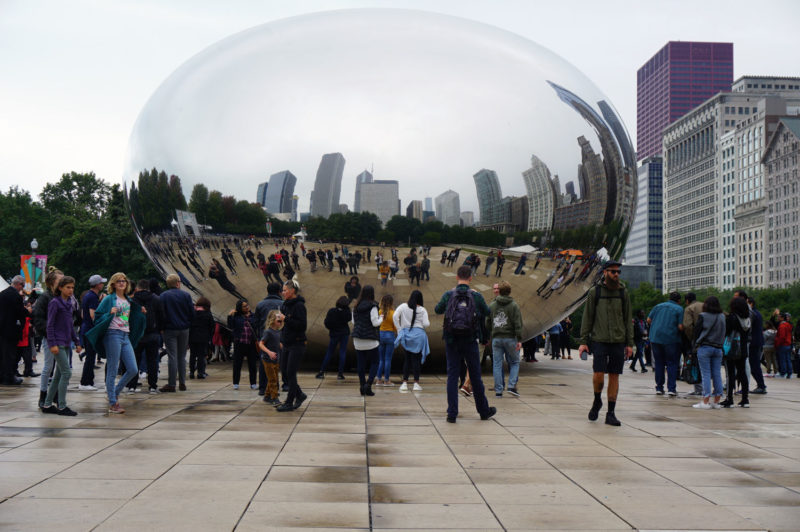 Last night my husband and I attended a benefit concert at the Auditorium Theatre at the invitation of friends, one of whom is on the board of the Chicago College of Performing Arts at Roosevelt University. It was a performance of the school’s orchestra, who appear just once annually in the great venue that the university owns. The rest of the time, the space is contracted out to generate revenue.
Last night my husband and I attended a benefit concert at the Auditorium Theatre at the invitation of friends, one of whom is on the board of the Chicago College of Performing Arts at Roosevelt University. It was a performance of the school’s orchestra, who appear just once annually in the great venue that the university owns. The rest of the time, the space is contracted out to generate revenue.
The old theater is grand though not imposing—it glitters, it speaks to us of the past, but it has settled on its piers, and is as comfortably broken in as an old place can be.
Its fancy proscenium, with elaborate old Sullivan-designed plasterwork and hand-painted murals, stands in contrast to the informality of the honeycomb structure of the back of the theater. Thousands of old-fashioned incandescent lights and a blanket of gold leaf give a glamorous glow to the scene.
When I am there, I can almost imagine the look of the crowds gathered here in another time, the time of Frank Norris or Theodore Dreiser, or on the night the theater first opened in 1889.
The scale and magnificence of the Auditorium make me sad for the present condition of the city. At the time the theater was built, it was an amazing achievement—a marvel of engineering and design, as well as what was then the largest building in the United States. Its air-conditioning system, hydraulic lifts, and all-electric lighting were all forward-looking.
Its construction required a pooling of some 50 million dollars, which the business community scraped together because they viewed this building for the performing arts as central to the city’s future. We continue to enjoy the results of their vision, even as many of Chicago’s greatest cultural institutions struggle to stave off decline.
Click on images to enlarge.
- Last night’s scene.
- The crowd included many young people and distinguished musicians.
- Friends greeting solo pianist Alice Chenyang Xu afterward.






